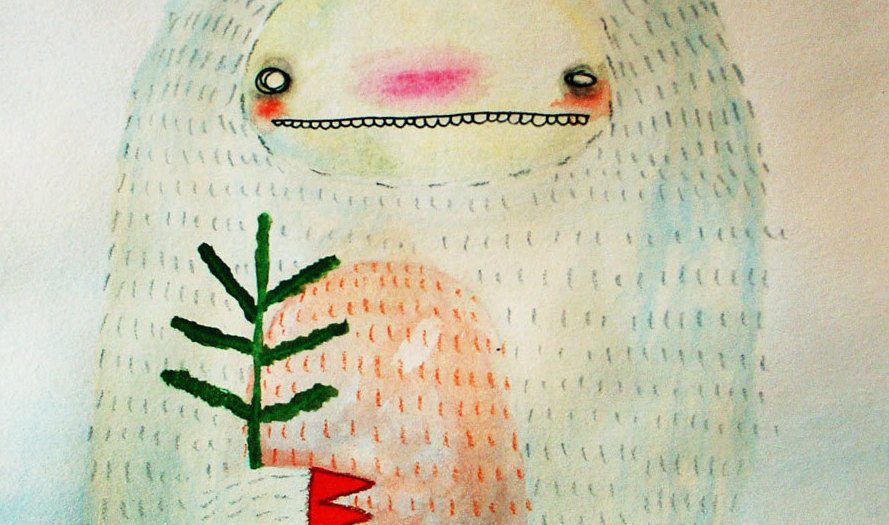I was never a ‘Disney Princess’ kind of girl. I had less than zero interest in gowns, fairy godmothers, or charming princes. Glass slippers were a liability where I grew up, in the vast, super-heated wilderness of the American Southwest. No, while other girls twirled and sang like Belle and Ariel, I was off gallivanting around the desert like a rather different sort of cartoon character…
Actually, I tell a lie. It’s true that I could never identify with the boy-crazy princesses (in cartoons, or in life, really), and it’s also true that time spent in the arid environs of my childhood left me well-prepared for both track meets and science fairs, but I never held the Wile E. Coyote and Road Runner cartoons in particularly high esteem. Sure, they’re timelessly funny, but I grew up in the Sonoran Desert. As diverting as the cartoons were, it always kind of bothered me the way the writers and animators got their facts wrong.
I know, I know! It’s just a cartoon. But I’m talking about some very basic biology, here. As a geek in love with both cartoons and ecology, I desire to correct the animated record on these fascinating but misrepresented species.
Let’s start with the Road Runner, because that’s where the cartoons disappoint the most. Real roadrunners aren’t that big – two feet long, and a foot tall at most. The cartoons make them look like big blue ostriches! Also, they can either give a quiet, thrumming call or clack their beaks loudly, but they never make a sound like ‘beep-beep’. Most importantly, roadrunners are canny predators. I’ve seen them catch and kill lizards and rattlesnakes with ease, and I’ve even seen them snatch smaller birds out of the air and eat them. The only time they eat plant matter is during the winter, when their normal prey is scarce. In other words, Wile E.’s usual bird seed bait wouldn’t be much of a draw.
Now, on to the genius himself, Wile E. Coyote. Actually, coyotes are pretty wily. I’ve seen them taunt slavering guard dogs by sauntering by, just beyond the lengths of the dogs’ chains, and I’ve seen them blithely steal food out from under the noses of larger predators, like bears. Coyotes are omnivores, which means they can eat almost anything, and they’re consummate opportunists, which means they’ll exploit almost any food source or territorial niche they can reach. Because of this adaptability, most coyotes don’t have to waste energy pursuing any single meal if an easier food source is available. Of course, most coyotes have more sense than Wile E. This adaptability also makes them both a nuisance and an asset to humans – everyone knows that coyotes will prey on livestock and outdoor pets, but in Chicago, coyotes actually work for [the] man by controlling rodent populations. In the sad event that easier food is unavailable, a starving or overly ‘humanized’ coyote may attack a person, but those events are incredibly rare and are usually associated with habitat loss.
And for the record, coyotes are primarily nocturnal and anything but silent. When I was a kid, I used to camp out on the roof of my back porch so I could stay up late listening to the local packs making their rounds; laughing like jesters and wailing like sirens. Growing up as I did, surrounded by these wonders of nature, is it any wonder that I still prefer predators to princesses?



Great post! Predator/Non-Princess here.
Kay,
Great post! We moved from Tucson, AZ, to Arkansas 2 years ago, and you made me miss the sound of coyotes in the wash behind our old house.
Keep up the good work.